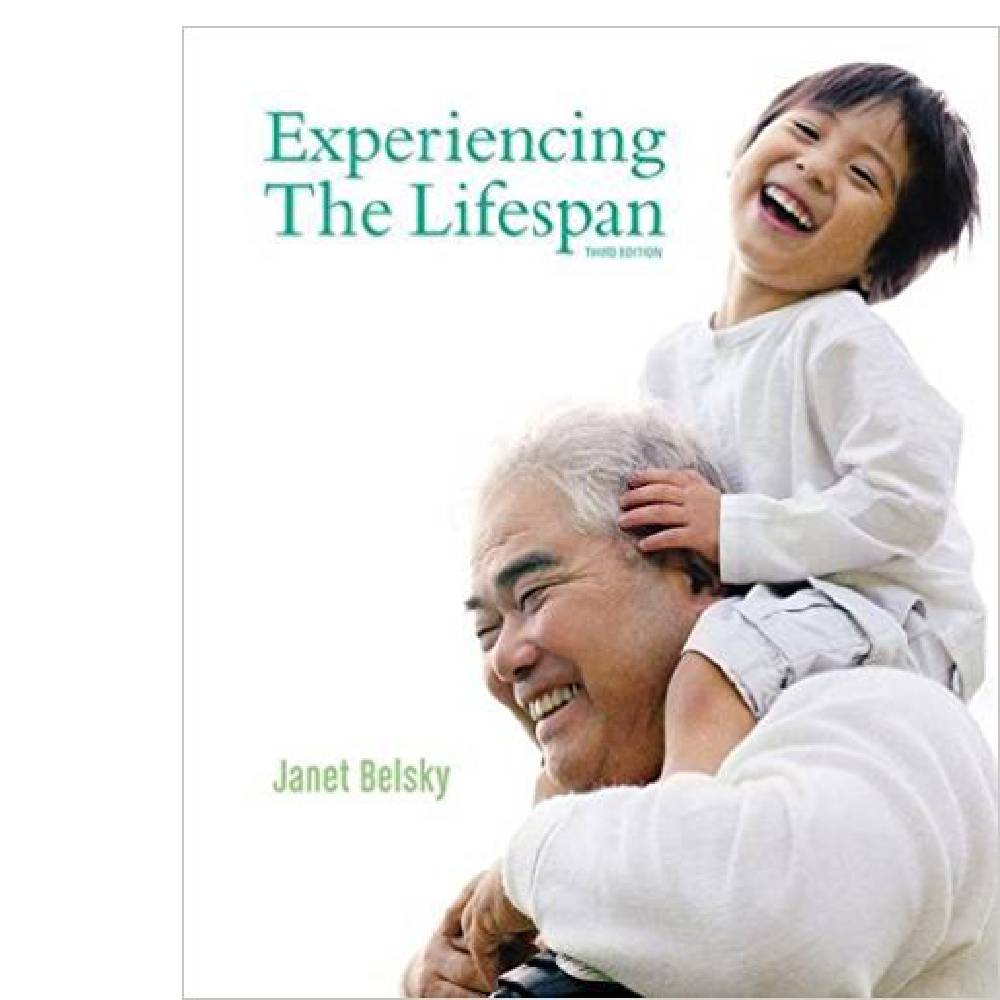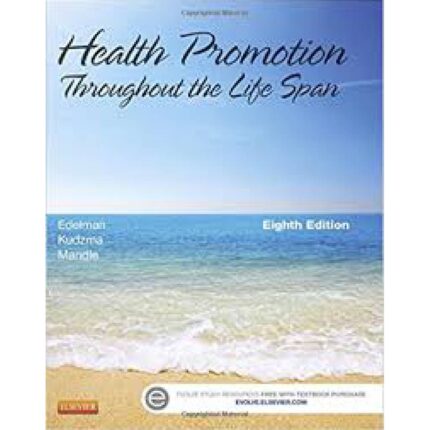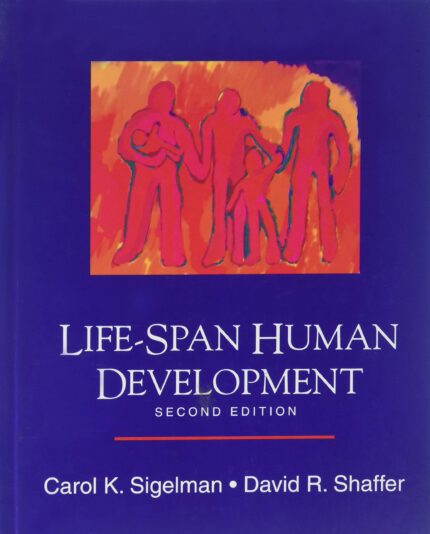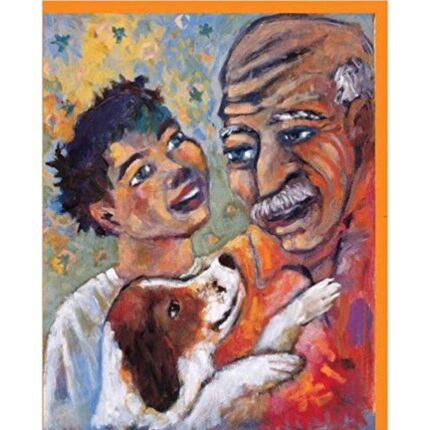1. ________ is the name for the fact that we longer see marriage as the “only” life path.
2. In the United States young people ________ about getting married for life.
3. According to the U-shaped curve of marital satisfaction, what two groups tend to have the MOST marital satisfaction?
4. According to Robert Sternberg’s triangular theory, the THREE components of love are ________, ________, and ________.
5. Name and BRIEFLY define the THREE components of love that, according to Robert Sternberg’s triangular theory, characterize an ideal “consummate” relationship.
6. Give a one-sentence suggestion—based on the text—for staying passionately connected as a couple.
7. Briefly list two communication patterns associated with marital happiness.
8. The core quality in relationship success is having a strong sense of ________.
9. People who get divorced because their marriage is somewhat unfulfilling tend to feel ________ happy after leaving their spouse.
10. Fertility rates are ________ in Europe and much of the developed world.
11. The typical pattern after the transition to parenthood is for couples to get ________ satisfied with their marriage.
12. Mothers are devoting ________ time and attention to their children than mothers did in the past.
13. List THREE roles fathers in the United States are expected to fulfill.
14. List a distinctively male way that fathers act with their children.
15. BRIEFLY list TWO forces that affect how much men participate in child care.
16. List three major changes in the work world over the past few decades.
17. What is the basic premise of John Holland’s theory of career satisfaction?
18. Ideally, unless we vitally need the income, are we are looking for extrinsically or/intrinsically rewarding careers?
19. With regard to work, role overload refers to ________, while role conflict refers to ________.
20. ________ refers to being pulled between the competing demands of parenting and a career.
Answer Key
1. The deinstitutionalization of marriage
2. still care deeply
3. newlyweds; empty-nest couples (and/or the elderly)
4. passion; intimacy; commitment
5. passion—being attracted sexually to a partner; intimacy—being best friends; commitment—being firmly committed to another
6. (choose from) Regularly engage in exciting activities together that you both enjoy; be sure to discuss the exciting flow-inducing activities you participated in during the day.
7. (choose from) Loving comments should strongly outweigh critical ones; don’t get personally hurtful when you fight; avoid continually pressing a partner to talk about distressing feelings when your mate would prefer to be left alone.
8. commitment
9. less
10. declining
11. less
12. more
13. (choose from) breadwinner; sex role model; nurturer; sometimes authority figure or disciplinarian.
14. (choose from) Play roughly, or in a rough-and-tumble way; spend more time with their sons.
15. (choose from) gender role attitudes; whether a wife welcomes or makes fun of their care; work demands, especially compared to one’s wife.
16. (choose from) job insecurity; working longer hours; the rise of the boundaryless career; technology making work more of a/7 job 24.
17. If our personality fits our career, we will be happy at work.
18. intrinsically
19. excessive job demands; feeling torn between work and family (or another competing role)
20. Family-work conflict













Reviews
There are no reviews yet.